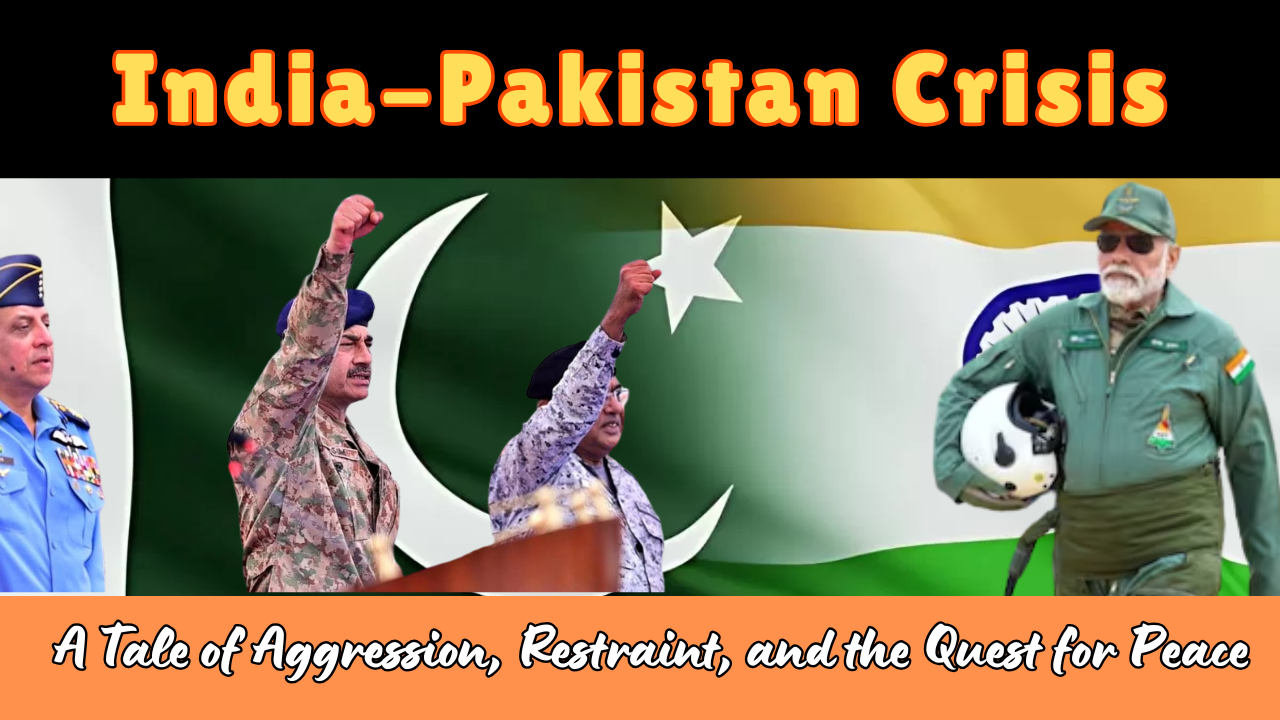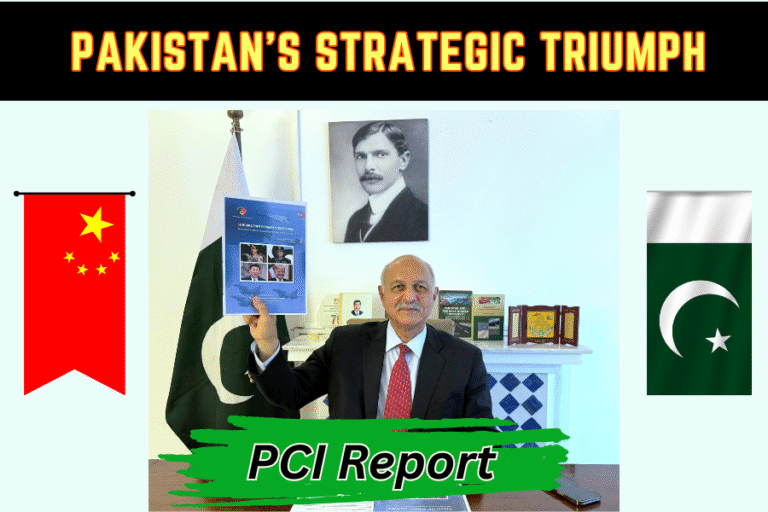In the fragile tapestry of South Asian geopolitics, April 2025 marked a dark and unsettling chapter. The delicate peace that had, for a fleeting moment, seemed within reach between India and Pakistan was violently torn asunder by a tragic attack in Pahalgam, nestled in Indian-administered Kashmir. The blood of 26 innocent civilians—mostly hapless tourists—stained the hills, igniting a firestorm of accusations, military posturing, and brinkmanship that brought two nuclear-armed neighbors perilously close to the abyss of full-scale war.
Yet, beneath the cacophony of bombastic rhetoric and bellicose declarations, lies a narrative that demands careful scrutiny—a narrative of disproportionate aggression, strategic restraint, and the enduring hope for peace amid the storm.
The Pahalgam Incident: A Tragedy Exploited
On that fateful day, April 22, 2025, gunmen unleashed terror upon unsuspecting tourists in Pahalgam, snuffing out 26 lives in a brutal act of violence. India’s immediate response was swift but deeply troubling: a pointed finger cast across the border, accusing Pakistan-based groups without the benefit of transparent, impartial investigation. Pakistan, in stark contrast, condemned the attack unequivocally and called for a joint inquiry—an appeal to reason and cooperation that was met with deafening silence.
This rush to judgment was not merely a diplomatic misstep; it was a prelude to a calculated campaign of aggression. The absence of conclusive evidence did not deter India from weaponizing the tragedy as a pretext for military escalation, revealing a disturbing pattern of using incidents to justify unilateral action. The world watched, some with concern, others with weary resignation, as the fragile peace frayed further.

Operation Sindoor: The Flames of Disproportionate Retaliation
Barely two weeks later, on May 7, 2025, India launched Operation Sindoor—a sweeping military campaign that crossed the Line of Control (LoC) with unprecedented audacity. For the first time since the 1971 war, Indian airstrikes penetrated Pakistani airspace, targeting alleged militant camps in both Pakistan-administered Kashmir and deep within mainland Pakistan.
This was no mere tactical response; it was a strategic escalation that shattered diplomatic norms and violated Pakistan’s sovereignty. The strikes wrought civilian casualties and infrastructural devastation, inflaming passions and hardening stances on both sides. The operation’s name—Sindoor, symbolizing sacred vermilion—stood in stark contrast to the blood and destruction it unleashed.
Pakistan’s leadership and people viewed this not as a defensive necessity but as a reckless gambit, a dangerous precedent that threatened the fragile balance of peace in South Asia.
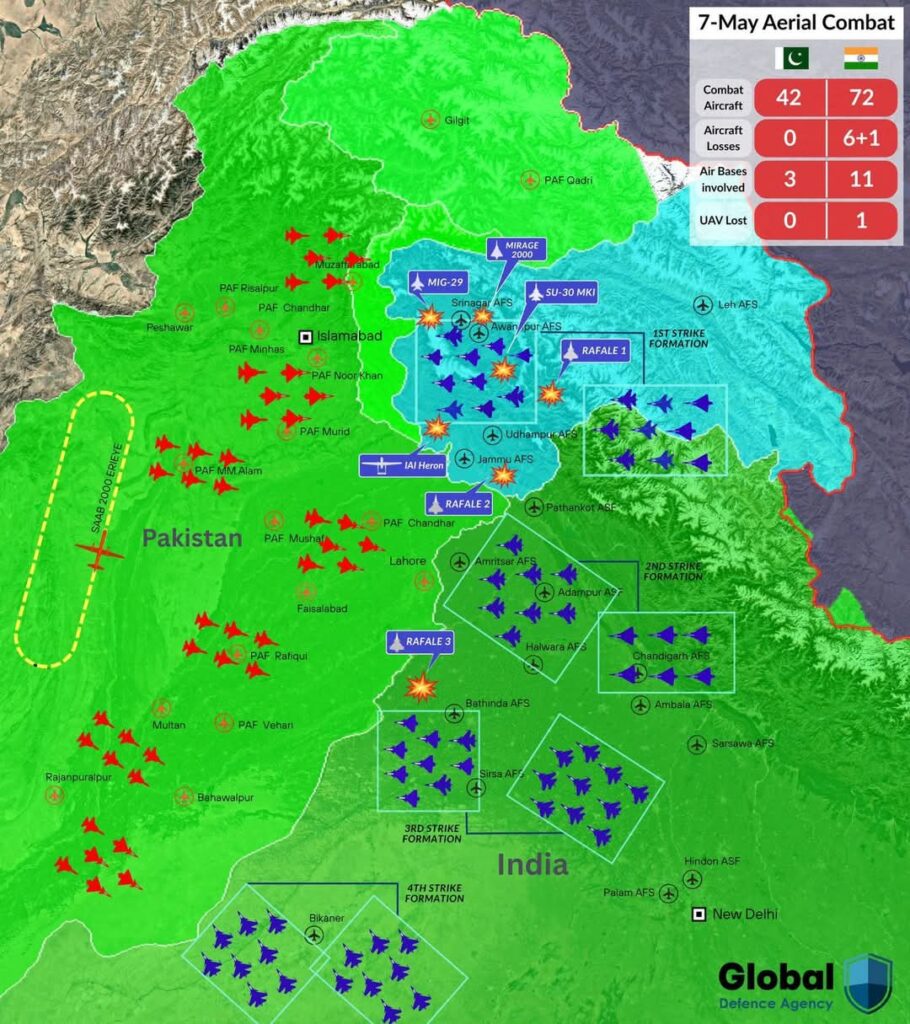
Pakistan’s Measured Response: Strength Tempered by Restraint
Faced with this brazen aggression, Pakistan did not falter. The Pakistan Armed Forces, under the steady command of General Syed Asim Munir, activated their defense protocols with precision and resolve. The Pakistan Air Force scrambled to defend the skies, while advanced missile systems were deployed to deter further incursions.
Yet, despite possessing formidable military capabilities, Pakistan chose the path of strategic restraint. Recognizing the catastrophic consequences that a full-scale war between two nuclear powers would entail, Pakistan calibrated its responses carefully—delivering measured counterstrikes and employing cutting-edge electronic warfare to neutralize Indian advantages without escalating the conflict uncontrollably.
This approach was not weakness but wisdom—a testament to Pakistan’s commitment to peace and stability amid provocation.
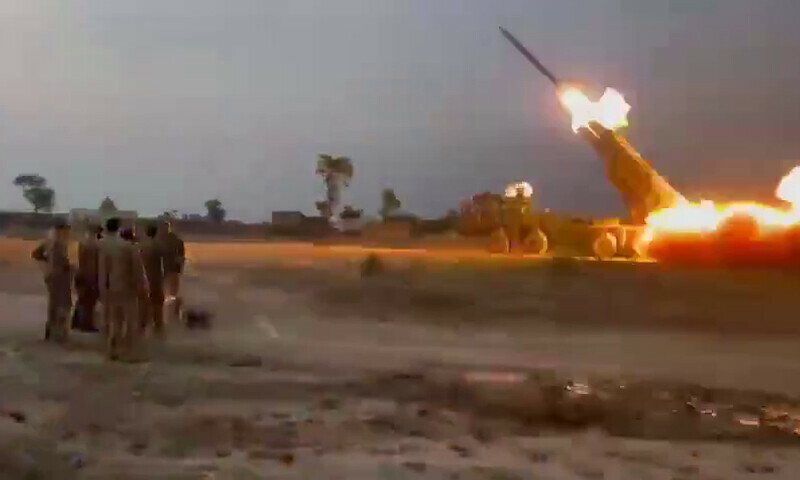
The Khuzdar School Bus Attack: The Human Cost of Hostilities
The shadow of conflict extended beyond the battlefield. On May 21, 2025, tragedy struck again when a suicide bombing targeted a school bus in Khuzdar, Balochistan, claiming the lives of five innocent souls, including children. Pakistani officials pointed to Indian-backed proxies as the architects of this heinous act, underscoring India’s continued interference in Pakistan’s internal affairs.
India’s denial of involvement did little to assuage the grief and outrage felt across Pakistan. This heartbreaking incident laid bare the human cost of the ongoing hostilities—a cost borne disproportionately by civilians caught in the crossfire of geopolitical gamesmanship.

Cyber Warfare: The New Frontier of Conflict
The 2025 crisis was not confined to the skies and mountains; it spilled into the digital realm, where Pakistan’s cyber warriors engaged in a silent but potent battle. Pakistani cyber units reportedly disrupted Indian government websites and communication networks, challenging India’s narrative and exposing vulnerabilities in its digital defenses.
This cyber dimension highlighted the evolving nature of modern warfare—where bytes and bandwidth can be as decisive as bombs and bullets—and underscored Pakistan’s growing sophistication in defending its sovereignty on all fronts.

The World Watches: Calls for Restraint and Diplomacy
As tensions escalated, the international community voiced deep concern. The United States, under President Donald Trump, played a crucial role in brokering a ceasefire on May 10, 2025, urging both nations to exercise restraint and return to dialogue. Russia, China, and the European Union echoed these calls, emphasizing the perilous stakes involved and the urgent need for peaceful resolution.
These diplomatic interventions underscored a sobering truth: the India-Pakistan conflict is not a regional issue alone but a matter of global security, where missteps could trigger consequences far beyond South Asia.

The Humanitarian Toll: Lives Disrupted, Futures Shattered
The crisis inflicted profound suffering on civilians. In Indian-administered Kashmir, the heavy militarization and curfews strangled daily life, casting a pall over communities already scarred by decades of conflict. Across the border, in Pakistan’s Balochistan and along the LoC, families faced violence, displacement, and uncertainty.
These human stories—the mothers mourning lost children, the children robbed of education and safety—remind us that behind every strategic calculation lies a human cost that no political agenda can justify.
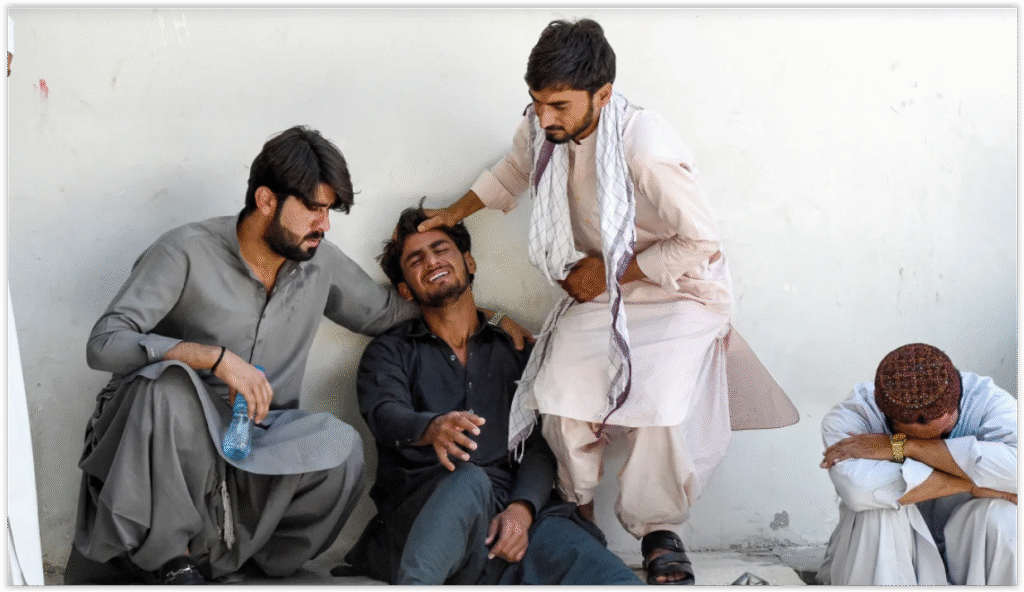
Conclusion: A Plea for Peace Amidst the Turmoil
The 2025 India-Pakistan crisis is a stark testament to the volatility that defines South Asia’s geopolitical landscape. India’s aggressive posture, epitomized by Operation Sindoor, reveals a dangerous drift toward unilateral military solutions that threaten to ignite a conflagration with unimaginable consequences.
In contrast, Pakistan’s measured responses and persistent calls for dialogue reflect a deep understanding of the shared responsibility both nations bear—to their citizens, to their region, and to the world.
The tragic Khuzdar school bus bombing on May 21, 2025, which took the lives of innocent children, is a stark reminder of the ongoing terror campaign orchestrated by Indian intelligence agency RAW. Pakistan’s military and government have firmly attributed this heinous act to RAW-backed proxies, aimed at destabilizing Pakistan’s fragile regions, particularly Balochistan and increasingly Khyber Pakhtunkhwa. This ongoing proxy conflict underscores the broader challenge to regional peace, reminding the world that the struggle between India and Pakistan extends beyond conventional warfare into covert campaigns that threaten the future stability of South Asia. Indian Intelligence Agency RAW needs to stay away from Balochistan and KPK provinces of Pakistan otherwise a befitting response may put India in much deeper trouble.
As the dust settles, the path forward demands courage—the courage to transcend historical grievances, to embrace diplomacy over destruction, and to prioritize the sanctity of human life above all else.
Only through sustained dialogue, mutual respect, and unwavering commitment to peace can the cycle of violence be broken, and a future of stability and prosperity be forged for generations to come.

